Libya
Photos
13 Photos
Per Page:
Filter Categories
All
Filters
The Algeria Square Mosque in Tripoli. The structure was a Catholic church during the period of Italian rule, but has now been converted into a Muslim place of worship.

Tripoli's medina (old city quarter) includes craftsmen of several specialties, including the copper market. Copper forges line each side of the alley where craftsmen may be observed at work.
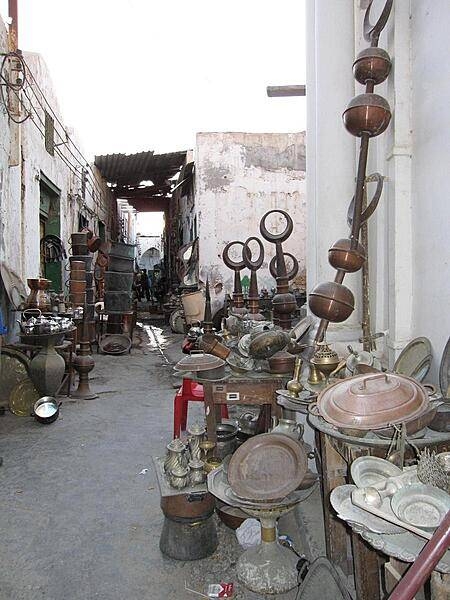
Tripoli Harbor is a study in contrasts, with significant industrial shipping taking place adjacent to a broad recreational riverwalk, popular with Tripoli residents of all ages.
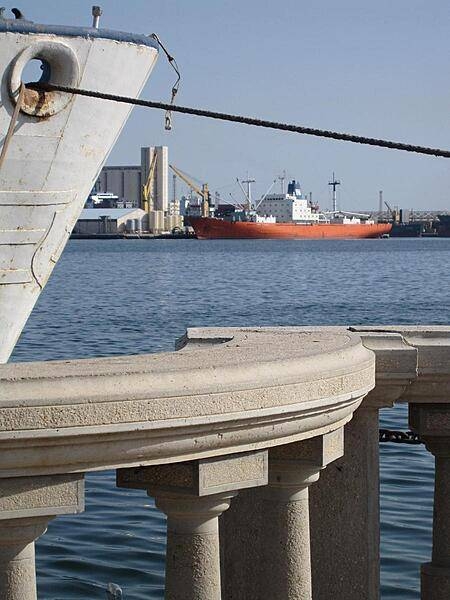
The Clock Tower in the heart of Tripoli's medina (old city quarter) is a relic of the Italian colonial period. The structure is dazzlingly lit at night.
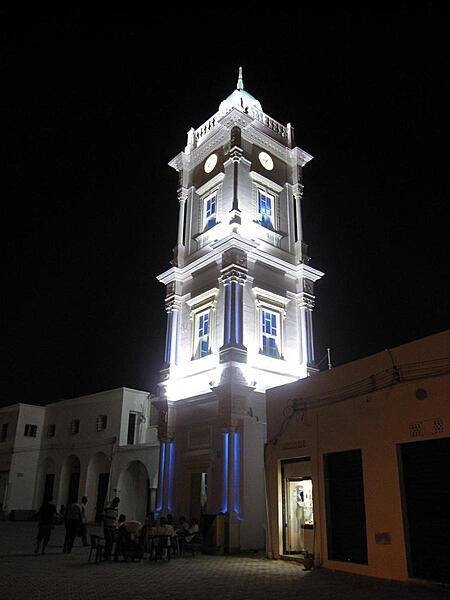
The Arch of Marcus Aurelius is the largest remaining Roman relic in Tripoli. Here seen framing a local minaret, the monument dates to the second half of the second century A.D.
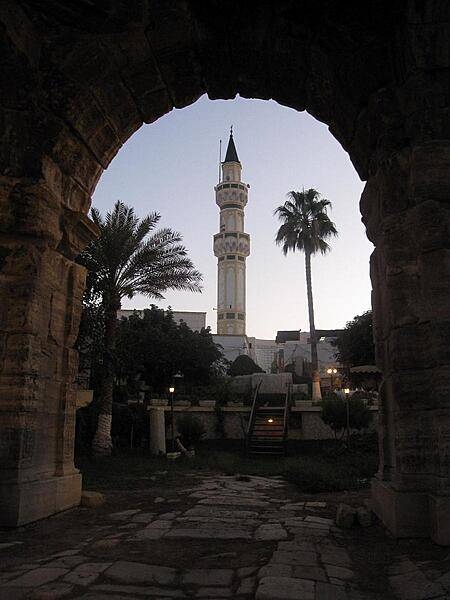
Leptis Magna, about 100 km (60 mi) east of Tripoli, is recognized as one of the most complete and best-preserved Roman ruins in the Mediterranean area.
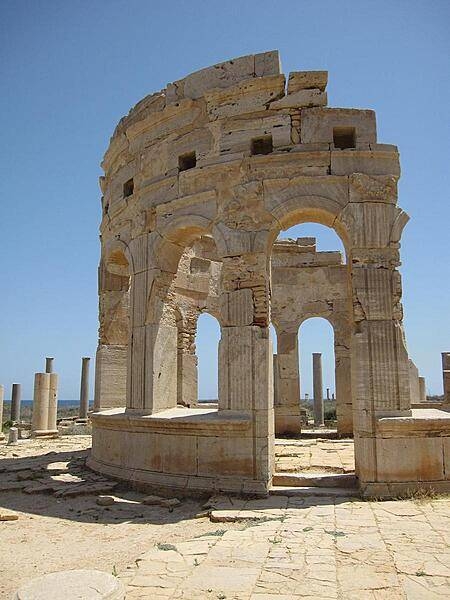
The amazingly well-preserved Roman theater at Sabratha, in northwestern Libya on the Mediterranean Sea (visible in the distance). Although Libya is not often associated with ancient Rome, much of the north African Mediterranean coastal area was incorporated into the Roman Empire in the first century B.C. Sabratha was an important commercial port city during the early centuries A.D. and made its fortune as a terminus of the trans-Saharan caravan routes. The historic Sabratha site was restored by archaeologists in the 1920s and 1930s and declared a UNESCO World Heritage Site in 1982.

The sand dunes of the Sahara Desert are stunning, but are not the most common landform. Rock and gravel landscapes are much more common, though less photogenic.
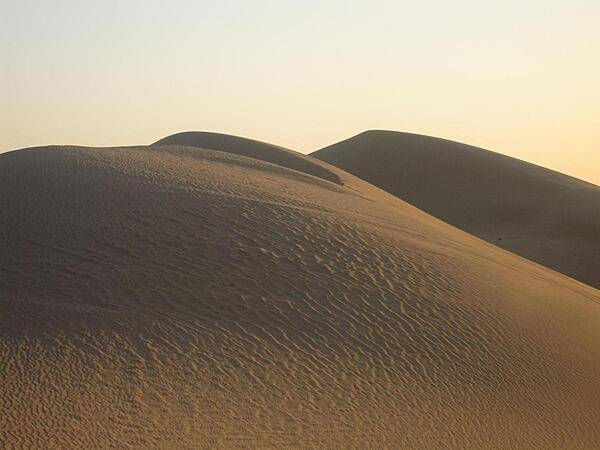
Photo shows classic large and small sand masses of the central Sahara Desert, where wind is a more powerful land-shaping agent than water. "Draa" dunes (from the Arabic for "arm") are very large masses of sand, and they appear here as the broad network of yellow-orange sand masses, with smooth-floored, almost sand-free basins between them. These sand masses lie in the western part of Libya's vast Marzuq Sand Sea. Geologists think that the draa of the Marzuq were probably formed by winds different from the prevailing north-northeast winds of today. Numerous smaller dunes have developed on the backs of the draa. Three distinct dune types are visible: longitudinal dunes, which are more or less parallel with the north winds; transverse dunes, which are usually more curved and formed at right angles to the wind; and star dunes, in which several linear arms converge towards a single peak. Image courtesy of NASA.

The mountainous outcrops of Jebel Ouenat (Auenat) rise 1,830 m (6,000 ft) above the barren, uninhabited plains of the Libyan Desert. One of the wadis on the western side is the site of a permanent oasis where prehistoric petroglyphs may be found. The frontiers of Libya, Egypt, and Sudan meet amidst the mountains, which are remnants of an ancient granitic dome. Rivers of sand meander around them, swept across the desert pavement by northeasterly winds. False-color satellite image courtesy of USGS.

Ghadames is an oasis town located some 550 km (340 mi) southwest of Tripoli. The site was an important stop along the old caravan routes across the Sahara. The Old City, shown here, was organized spatially and socially into seven clans.
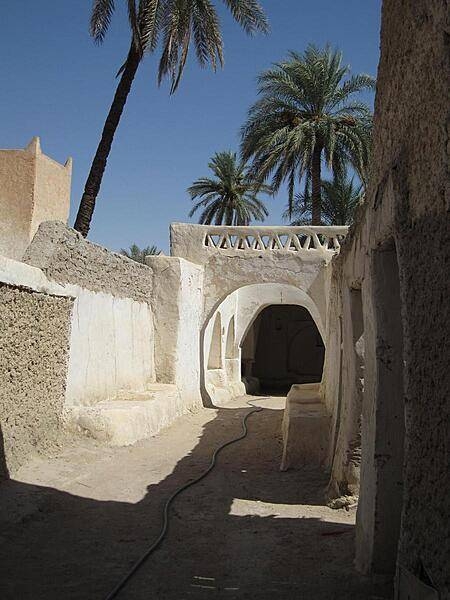
The traditionally decorated mud brick architecture of Ghadames' Old City is designed for natural cooling. Buildings are built directly adjacent to each other, which insulates the streets and living spaces below from the beating sun.

Page 01 of 02